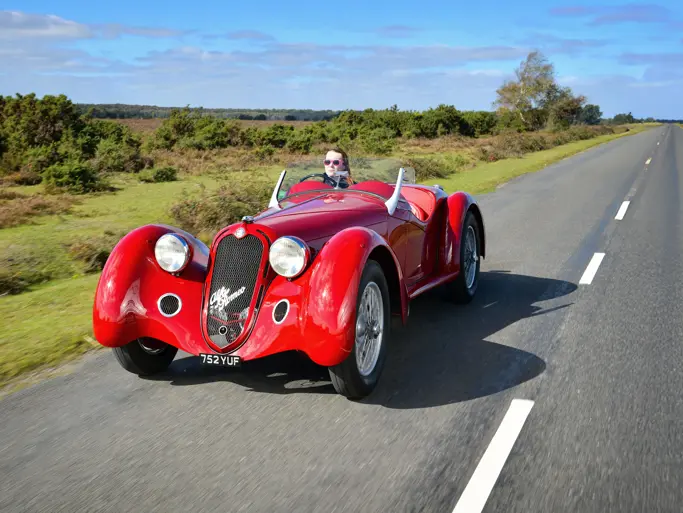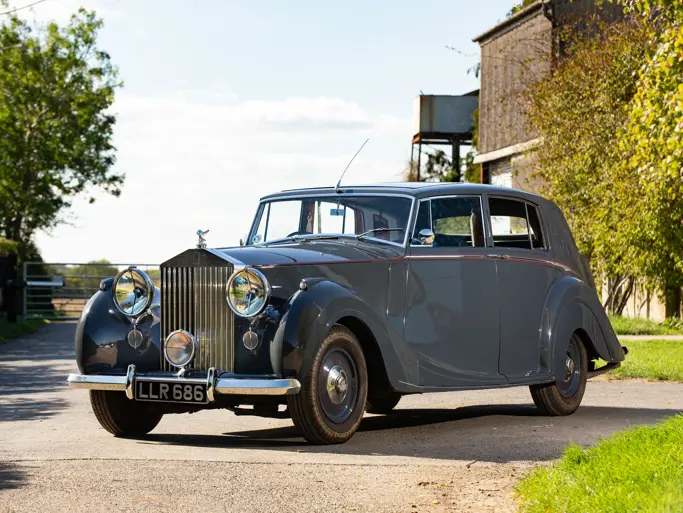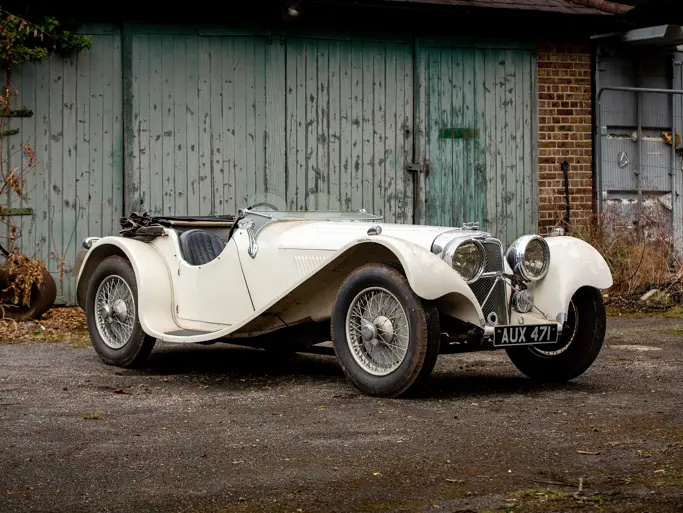Please Note: Information regarding these museum display vehicles was provided by the National Military History Center and has not been independently verified by Auctions America by RM ("AA"). As such, AA does not verify, warrant or guarantee any of this information. Prior inspection and research by the buyer is highly encouraged and recommended.
ATTENTION: Buyers are responsible for securing transportation and moving/loading of lots. Lot may be left on display indefinitely in the museum free of charge with a signed loan agreement form. Lots are sold as is, where is.
Please note this is being sold on "Bill of Sale" only.
Manufacturer: Auto Union AG Werk Horch, Zschpau & Zwickau
Production Year: 1940
Engine: Auto Union/ Horch side-valve, 3.5-liter, 80-hp, liquid-cooled, eight-cylinder, gasoline
Transmission: Four-speed: four forward, one reverse
Brakes: Hydraulic
Length: 15-feet, 8-inches
Width: 6-feet, 3-inches
Height: 6-feet, 10-inches
Weight: Approximately 2.5-tons
Armor: None
Armament: NONE on this example - Could be fitted with a 7.92-mm MG34 or MG42 machine gun
Maximum Road Speed: Approximately 60-mph
Markings: German 9th SS Panzer Division “Hohenstaufen”
In 1937 the German Army took into service the Horch Type EFm universal medium cross-country car (mittlere gelandegangige Einheits-Personenkraftwagen). This was the first medium weight class car with an exclusively military pattern chassis and body design. The chassis was designated “uniform chassis for medium personnel vehicle.” Auto Union built the same vehicle in both their Horch and Opel factories, each having a different engine (the Horch V-8 and the Opel six-cylinder), creating problems with interchangeability for the front-line maintenance units. The Horch V-8 and the Opel six-cylinder models each had different fuel and electric lines, engine protection panels, radiator braces, clutch, exhaust, driveshaft and switching gears. The spare tires, mounted on each side, were built with support axles to help prevent the vehicle from bottoming out while traveling cross-country. This feature helped address the low ten-inch ground clearance. The frame and suspension was prone to damage prompting field upgrades of additional springs and axle strengthening. Several different body types were built on the same chassis bringing production totals to 14,900.

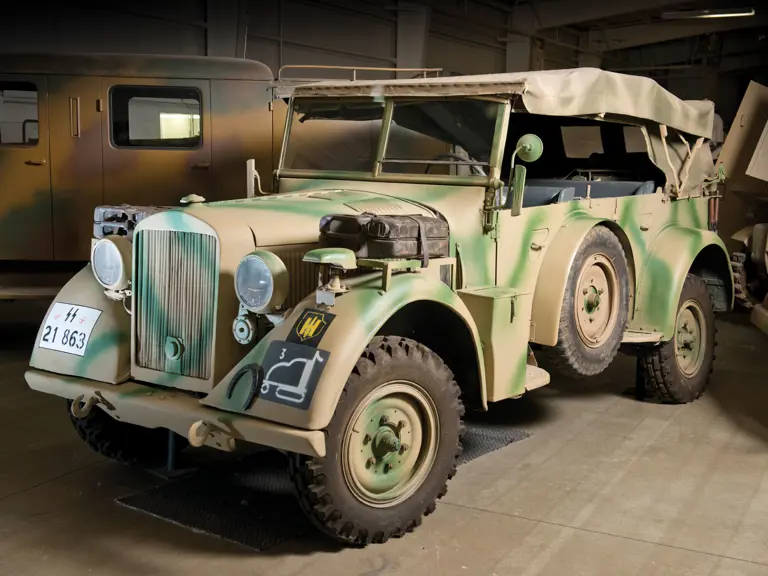
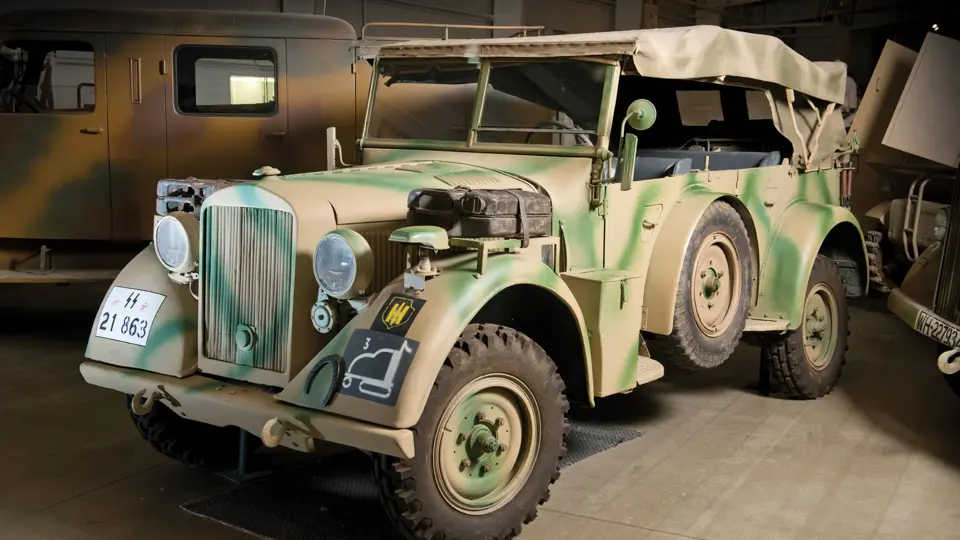
 | Auburn, Indiana
| Auburn, Indiana
